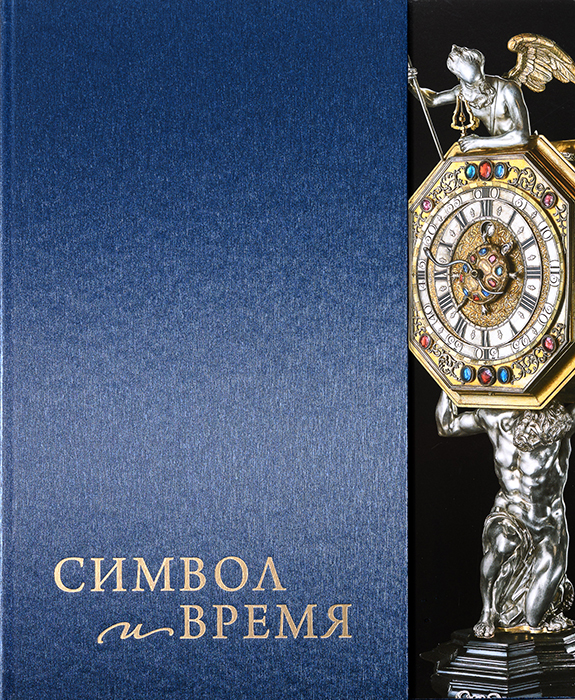The Moscow Kremlin Museums possess a remarkable collection of West European clock and watches created in Germany, France, England and other countries from the 16th to the early 18th centuries.
Although the collection is small, it contains outstanding pieces, including those owned by eminent personalities.
WEST EUROPEAN
Collection of the Moscow Kremlin Museums
TIMEPIECE
OF THE 16TH – EARLY 18TH CENTURIES
The virtual exhibition dedicated to this collection is based on the materials collected and published in the richly illustrated edition of Yu.N. Zvezdina "Symbol and Time" 2021.
This publication is a colourful album that reveals the secrets of the symbols and allegories used to decorate clock in the 16th and 17th centuries. The reader is introduced to the peculiarities of time perception in the Mannerist and Baroque eras and learns how the personifications of the planets and signs of the Zodiac were depicted at the time. Of particular interest are the automatic clocks, in which the moving figures are directly linked to the workings of the mechanism.
It also examines the images created on watchcases based on allegorical engravings, which were widespread in Europe and used in various forms of art, including watchmaking.
The gift edition can be purchased in museum shops opposite the Patriarch's Palace, in the Alexander Garden and the Armoury Chamber.


In the 16th and 17th centuries, dials were incorporated into cases, embellished with images and symbols that had a symbolic meaning. Reading these sometimes complex compositions requires an understanding of the system of symbols and allegories characteristic of the New Age, as well as the specific world view of the people of that era.
A complex figurative system in the stylistic and decorative solution of ancient timepieces included traditional designations of planets and signs of the zodiac, personifications of exact and natural sciences (mathematics, geometry, physics, and astronomy), the most important discoveries in this field in the 16th - 17th centuries accompanying the rapid development of watchmaking.
In the culture of this period we should note the desire for symbolic analogies and the search for a meaningful metaphor in everything, including utilitarian objects, especially timepieces, which reflected the order of the universe both in the decoration of the case and in the mechanical device. New Age scientists saw the world as a perfect mechanism created by a perfect Master, the Creator. The decorative design of clock and watches also served to glorify the divine order, as evidenced by the inscriptions and images on them, praising the universal orders established by the Creator, determining the movement of the sun, the constellations and the cycles of time.
A complex figurative system in the stylistic and decorative solution of ancient timepieces included traditional designations of planets and signs of the zodiac, personifications of exact and natural sciences (mathematics, geometry, physics, and astronomy), the most important discoveries in this field in the 16th - 17th centuries accompanying the rapid development of watchmaking.
In the culture of this period we should note the desire for symbolic analogies and the search for a meaningful metaphor in everything, including utilitarian objects, especially timepieces, which reflected the order of the universe both in the decoration of the case and in the mechanical device. New Age scientists saw the world as a perfect mechanism created by a perfect Master, the Creator. The decorative design of clock and watches also served to glorify the divine order, as evidenced by the inscriptions and images on them, praising the universal orders established by the Creator, determining the movement of the sun, the constellations and the cycles of time.

